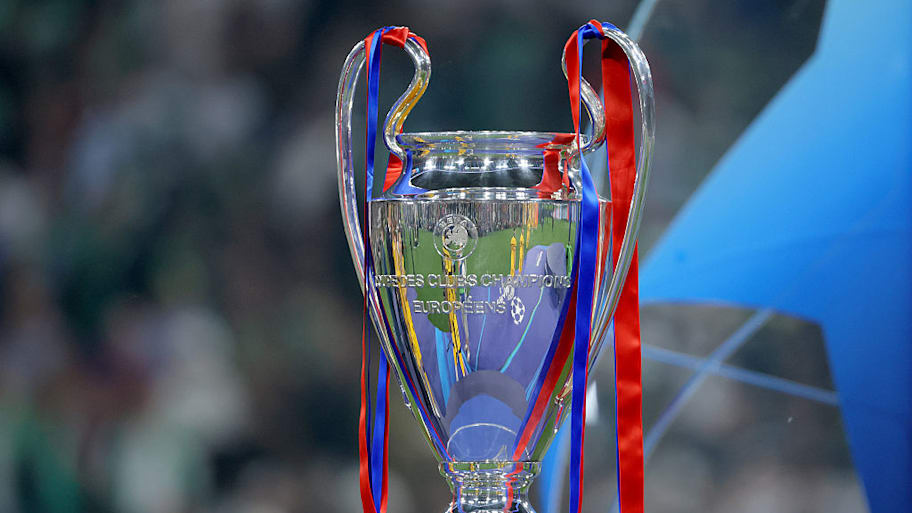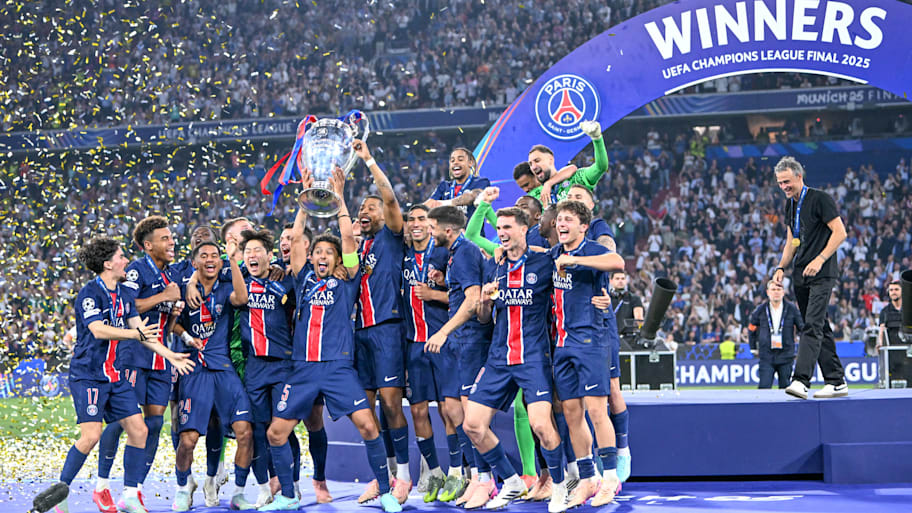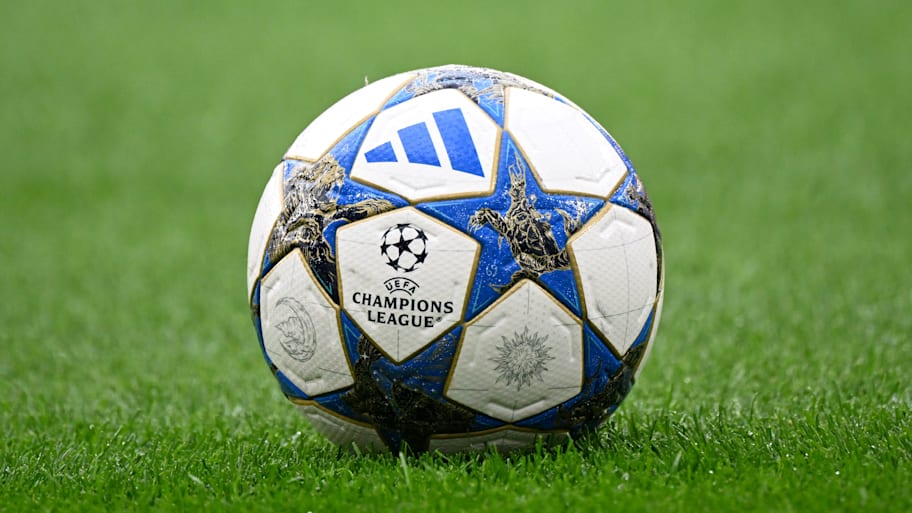The UEFA Champions League underwent a significant overhaul for the 2024–25 season, moving away from the format that had been in place since 2003.
The change saw the tournament shift from a traditional group stage—where 32 teams were divided into eight groups of four—to a new, expanded league phase featuring 36 teams.
There were concerns over the alterations but the inaugural campaign of the new Swiss model brought with it incredible drama and the typical chaos associated with Europe’s elite competition. The format has been retained for the 2025–26 season.
Here’s everything you need to know about the Champions League’s new format, including how teams qualify, how the tournament operates, and the prizes at stake.
Champions League Qualification: How Teams Get In
Teams qualify for the Champions League based on their domestic league standings from the previous season.
Each country is allocated a certain number of spots in the tournament based on its UEFA association coefficient, which ranks leagues according to their clubs’ performances in European competitions over the past five seasons.
Higher-ranked countries receive more spots, while lower-ranked leagues may need to go through qualifying rounds to secure a place in the tournament.
For the 2025–26 competition, 25 teams automatically qualified for the league phase based on their domestic league finish last season, with two further places—European Performance Spots—dished out to clubs from England and Spain courtesy of their coefficient rankings.
Each year, the winners of the previous season’s Champions League and Europa League are also granted a Champions League place, with those spots handed out to the teams next in line should the winners of Europe’s two most prestigious continental competitions qualify for the league phase via their domestic league finish.
Seven teams qualified for the 2025–26 league phase via the qualifying rounds.
Champions League Format 2025–26: Swiss Model

The Champions League’s new-look league phase is based on the Swiss model used in chess, and does not require every team to face all the others.
Instead, the 36 teams involved play eight matches against eight different teams––four home and four away. The matchups are determined by a seeded draw before the tournament begins.
At the end of the league phase, the teams that finish first to eighth automatically qualify for the round of 16. The teams that finish ninth to 24th enter a play-off round, with the top eight facing off against the bottom eight over two legs. The winners of these matchups will complete the remaining spots in the last 16.
Teams which finish 25th to 36th in the league phase are eliminated and don’t drop into the Europa League.
From here, the competition follows its traditional knockout round format, with teams facing off in two-legged ties from the round of 16 through to the semifinals. If the aggregate score is level, ties go to extra time and, if necessary, penalties, before the last two standing face off in the final. The away goals rule no longer applies.
There has been a change for the 2025–26 season, however. Teams who finished in the top four of the league phase are now guaranteed to host the second leg of their last 16 and quarterfinal ties. Teams who finish first and second in the league phase are also guaranteed home advantage for the semifinals—should they make it that far.
Teams can win home advantage during the knockout stage by defeating sides who finished in the league phase’s top four.
Champions League 2025–26 Schedule & Key Dates
From start to finish, the Champions League spans nearly an entire year, with qualifying rounds starting in July, the main competition beginning in September, and the final taking place in May.
Here is an overview of the 2025–26 schedule:
Champions League Prize Money & Rewards

For the 2025–26 Champions League, the total prize money pool is $2.9 billion, divided into three categories: equal shares, performance-based rewards, and the value pillar.
Equal shares essentially guarantees every team that enters the tournament a share of the prize pool. Even teams that were knocked out at the qualifying stage earned a share of $35 million, while those who reached the league phase have pocketed an automatic $21.7 million.
Performance-based prize money rewards teams for their performance throughout the tournament. For example, a win in the league phase earns a team $2.5 million, while winning the final comes with a prize of $29.2 million.
Prize money is cumulative, so the eventual winner of the competition, if they win every game, could earn approximately $129 million.
The value pillar, meanwhile, is a separate component that allocates funds based on factors such as market pool and broadcasting rights, ensuring teams with larger fan bases or in more lucrative markets receive a larger share.
Champions League History & Most Successful Clubs

The Champions League was originally founded in 1955 as the European Champion Clubs’ Cup, or European Cup, as a straight knockout tournament open only to the champions of Europe's domestic leagues.
In 1992, it was rebranded with its current name and a new format, allowing more clubs from across the continent to compete.
The most successful team in Champions League history (including its European Cup era) is Real Madrid, with a record-breaking 15 titles. AC Milan follows with seven, while Bayern Munich and Liverpool have each lifted the trophy six times.
Barcelona has claimed the title five times, while Ajax has been crowned champion on four occasions.
The five most decorated players in Champions League history—Paco Gento, Toni Kroos, Dani Carvajal, Luka Modrić, and Nacho Fernández—have each won the trophy six times, mostly with Real Madrid. Gento achieved his titles in the 1950s and 1960s, while the others have dominated since the turn of the century.
The competition’s all-time leading scorer is Cristiano Ronaldo, who netted 140 goals for Manchester United, Real Madrid, and Juventus. Lionel Messi follows closely behind with 129, scored during his time at Barcelona and Paris Saint-Germain.
READ THE LATEST CHAMPIONS LEAGUE NEWS, PREVIEWS AND PLAYER RATINGS
This article was originally published on www.si.com as How Does the New Champions League Format Work?.
